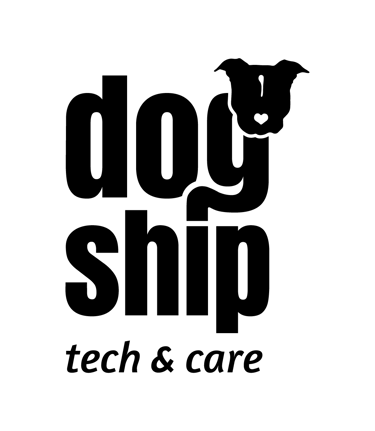📈 Dog Daycares Are Booming — But Their Tech Is Still Stuck in the Past
In the last decade, dog daycares have become as common as coffee shops in many urban neighborhoods. The pandemic accelerated the trend: remote work, social isolation, and a new wave of pet adoptions turned dogs into full-time family members — and daycares into essential daily routines. But here's the surprising part: while the industry grew, its technology didn’t.
TECH
Lucas Rebelatto
3/1/20251 min read
🐶 A $12 Billion Industry with Pen and Paper Tools
The pet care industry is massive. In the US alone, it's expected to surpass $143 billion in 2025, with dog services (like grooming, walking, and daycares) making up over $12 billion. Daycares are booming — but most still rely on:
Whiteboards to track attendance
Paper or WhatsApp for daily reports
Standard collars with just a name tag
Surveillance cameras as the main “insight” tool for parents
It's a bit like running a modern school with chalkboards and handwritten report cards.
👀 Pet Parents Are Evolving Faster Than the Industry
Today’s dog parents expect more. They track their own health with wearables, get real-time updates from schools and nannies, and value transparency.
So, when it comes to their dogs, a few photos and a vague text aren’t enough anymore. They want to know:
Did my dog play?
Was he active?
Who are his best friends?
Is he adapting socially?
Is he learning something?
And most importantly: is he happy?
🧠 Dogs Learn and Feel — So Why Don't We Measure It?
Dogs are social, emotional, and intelligent animals. We know they:
Can recognize over 150 words
Understand routines and adapt to environments
Form friendships and social bonds
Show signs of stress, boredom, and excitement through body language
Yet, most daycares don’t structure their days or track these behaviors — missing out on valuable insights that could improve both the dog's experience and the parent’s confidence.
🔮 What’s Next?
Some pioneering daycares are starting to adopt tools inspired by child development, education, and health monitoring. The idea is simple: what if dog daycares worked more like schools or fitness centers — with data, goals, and real feedback?
Technology is slowly making its way in. But for an industry that grew so much, there’s still a huge gap to fill between love and logic.
🤔 Food for Thought
You get a detailed report when your kid spends 3 hours at daycare — why not when your dog does?
You track your sleep and steps. Why not your dog’s playtime and mood?
You wouldn’t send your child to a school without structure. Why settle for that with your dog?
The pet industry is about to go through its own digital revolution. The only question is: who will lead it — and who will be left behind?


